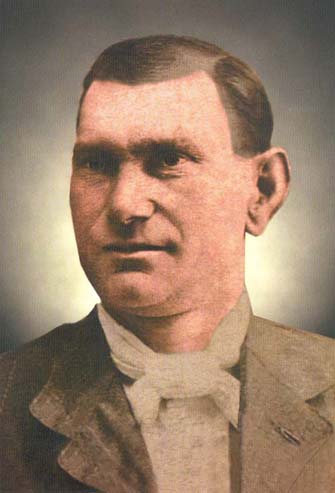“God, give me patience—right now!”
Most of us have probably said some version of that prayer. Perhaps we’re waiting for a wife to finish dressing when we’re already 20 minutes late. Or we find—again—a husband’s dirty socks and underwear on the floor instead of in the laundry basket.
When long-married couples are asked the recipe for marital success, many identify patience as a key ingredient. It’s the indispensable virtue for living together day after day in relative peace, without constant struggles to change the other to our liking.
Patience in marriage begins with the individual. Our daily routine gives us ample opportunity to practice patience: waiting at the drive-through window, teaching our child a soccer skill, or learning a new computer application. As we grow in patience outside the home, we bring the virtue into the home. Patience with co-workers and store clerks translates into patience with my spouse and children. Sometimes, the answer to the question “What have I done for my marriage today?” is “When I got caught in the traffic jam I used it as a chance to pray and think rather than fume.”
St. Francis de Sales reminds us that we must be patient with everyone, but especially with ourselves. Our faults and failings may tempt us to reproach ourselves harshly and give in to frustration, even despair. Instead, says St. Francis, we need to pick up and move on, trusting that God will help us to do better next time. If we learn to treat ourselves gently, we will be more likely to extend that same charity and understanding to our spouse.
Within marriage, patience means discerning what needs to be changed and what needs to be tolerated. On our wedding day we probably considered our spouse practically perfect—then we immediately set out to improve him or her. Of course, we quickly found out that he or she didn’t necessarily want to be improved. In fact, they probably had ideas for our own improvement!
Some behaviors and personal characteristics resist change. My husband always takes a long time to get ready, whether for work or a social engagement. I am directionally challenged, so I need repeated instructions about how to get from Point A to Point B. These traits are annoying, but neither of us is likely to change. We need to be patient with each other and learn to work around them.
Other behaviors need to be challenged for the good of the marriage. Patience can help to make the challenge effective. One evening, as Mary was paying the bills she found out that Tom had again charged too much to their credit cards. His reckless spending threatened their financial stability. Mary’s first impulse was to storm into the family room and confront Tom. Instead, she gave herself a couple days to calm down. She developed a strategy to hold both of them financially accountable. When she finally approached Tom, she chose a Saturday morning when they were well-rested and could hear what each other was saying.
Some behaviors, such as domestic violence, should never be tolerated. Abuse victims sometimes believe that if they are patient, the abuse will eventually end. Rather, abuse tends to escalate over time and only stops with outside intervention.
In addition to being patient with each other, couples need to be patient with the marriage itself. Healthy marriages grow and change. Social scientists point out that a couple can go through seven or more stages of marriage throughout a lifetime. Some stages hold excitement and promise: a child arrives or the couple moves into their dream home.
Inevitably, however, couples go through periods of disillusionment and boredom. They may find their spouse unappealing and wonder how they can ever spend the rest of their life with this person. Sometimes a couple may even consider divorce.
These stages, although difficult, are normal. With patience, a couple can work through them and emerge into the next stage with a deepened appreciation of each other and the marriage.
Like marriage itself, patience is the work of a lifetime. Each day brings a small opportunity to cultivate the virtue and to grow one’s marriage.





 Born: August 26, 1861
Born: August 26, 1861 When my wife and I got married, we had the privilege of making a pilgrimage to Rome as our honeymoon trip. While in Rome, we saw a number of churches, but one in particular stood out to me: Chiesa del Gesu (The Church of Jesus; pictured right). In this beautiful old baroque church there is a unique relic: the forearm of St. Francis Xavier, the great Jesuit missionary. While visiting an altar with a body part on display may not seem too romantic for a date, let alone a honeymoon, it actually became one of the most romantic places of our honeymoon! Why? Because I realized before that altar that relics are an important cipher for understanding the vocation I embarked upon in marriage.
When my wife and I got married, we had the privilege of making a pilgrimage to Rome as our honeymoon trip. While in Rome, we saw a number of churches, but one in particular stood out to me: Chiesa del Gesu (The Church of Jesus; pictured right). In this beautiful old baroque church there is a unique relic: the forearm of St. Francis Xavier, the great Jesuit missionary. While visiting an altar with a body part on display may not seem too romantic for a date, let alone a honeymoon, it actually became one of the most romantic places of our honeymoon! Why? Because I realized before that altar that relics are an important cipher for understanding the vocation I embarked upon in marriage.

